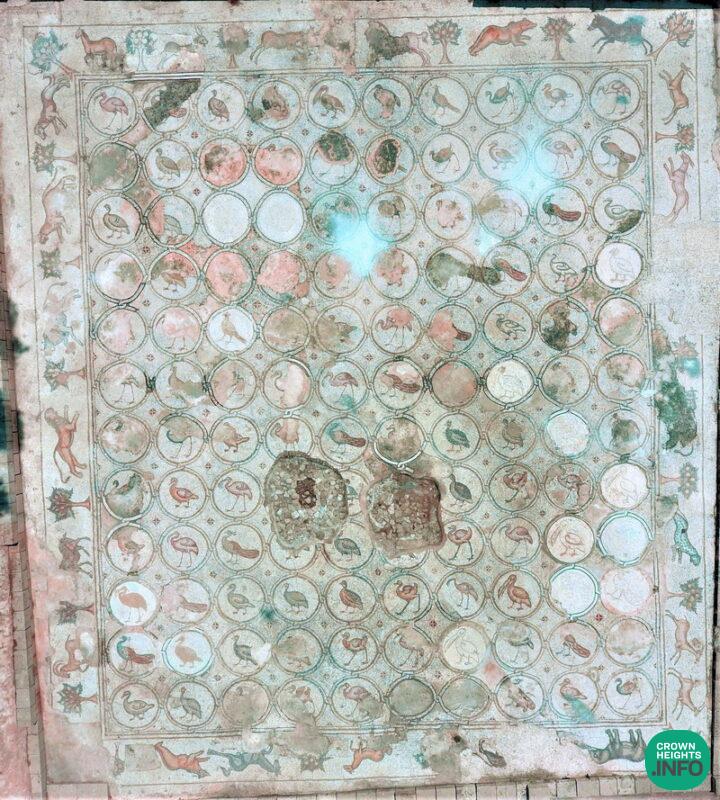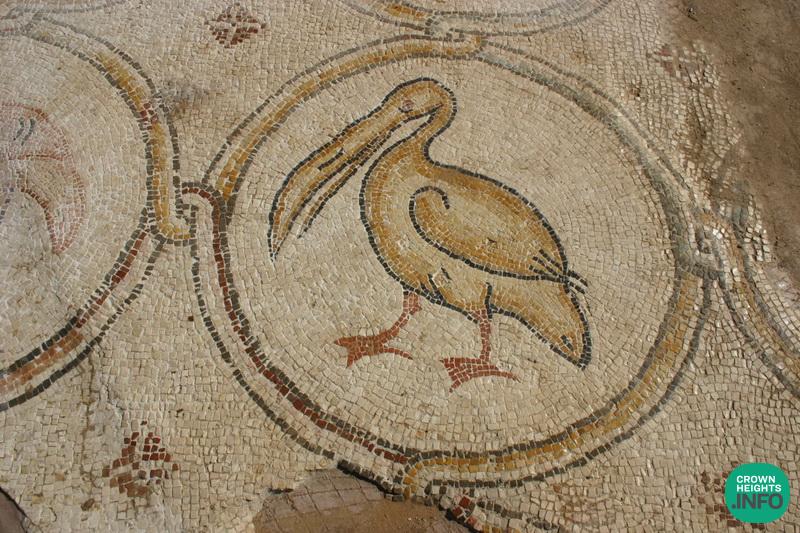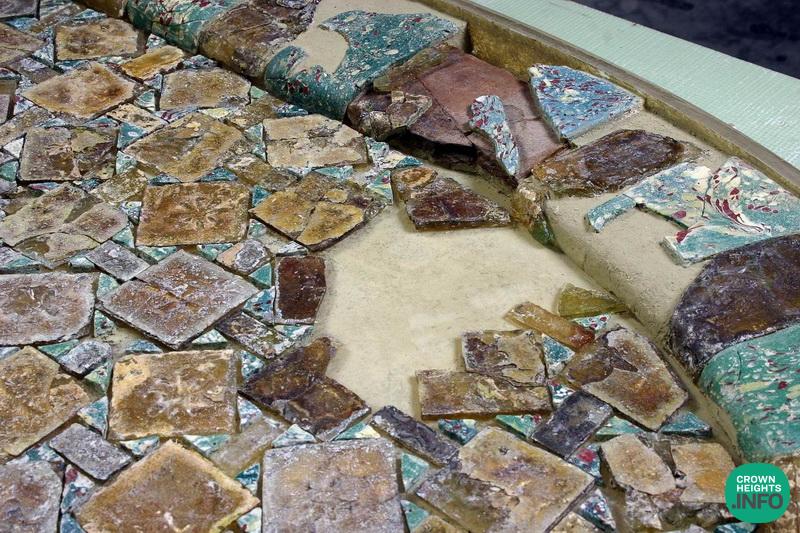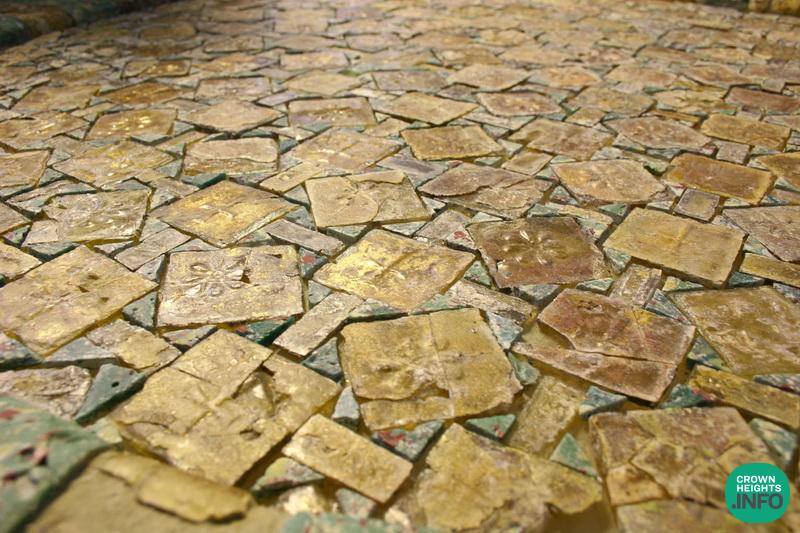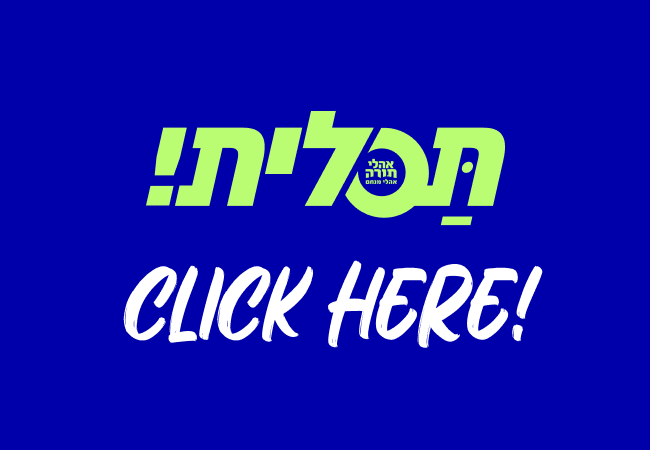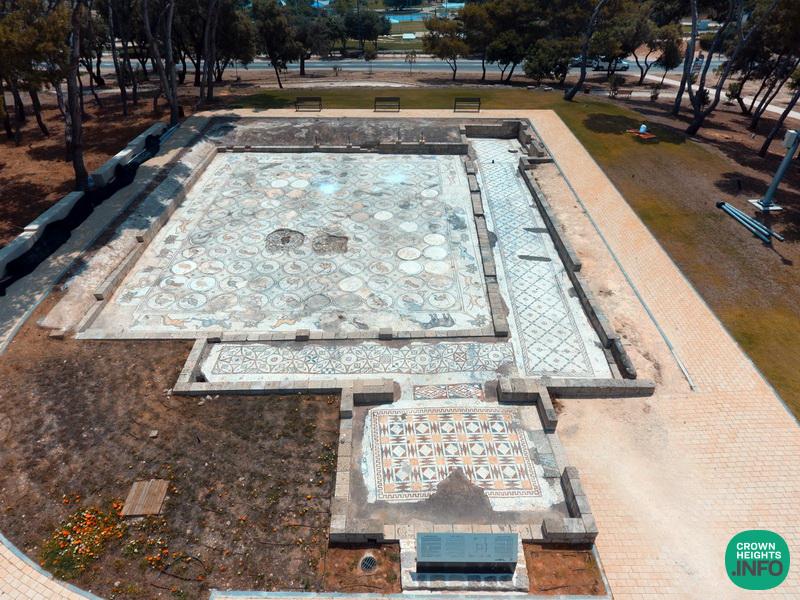
Mosaic Carpet Uncovered In Israel Can Now Be Viewed by The Public
You may have a carpet in your lounge, but you don’t have a fine mosaic carpet decorated with birds.
In 1950, a stunning mosaic depicting birds and animals was discovered by chance in a Caesarea residential area, in the course of military training activities. It was immediately covered over with sand to protect it, and it was subsequently excavated in 1955, under the direction of archaeologist Prof. Shmuel Yeivin, and then it was again covered over to protect and preserve it. Fifty years later, in 2004, it was re-uncovered by the Israel Antiquities Authority Caesarea Conservation Unit, under the direction of Conservator Amir Genach. In 2005, additional parts of the palace complex or mansion to which the bird mosaic belonged, were excavated by Israel Antiquities Authority archaeologist Dr. Yosef Porath, funded by the Caesarea Development Corporation, for displaying to the public.
The excavations revealed the remains of part of a magnificent Byzantine-period palace or mansion, including a beautiful mosaic carpet depicting birds and animals, and a table made of glass tiles with golden inlays. According to the excavator, Dr. Porath, IAA retired archaeologist, “The exquisite remains testify that the residential complex was owned by one of the most important figures in Byzantine Caesarea.”
The Bird Mosaic is a rectangular ‘carpet’, measuring 14.5 × 16.0 meters. According to Porath, “The Byzantine-period palace, dating to the sixth century CE, covered an estimated area of about 3,000 sq m, of which less than a quarter has been excavated. The palace included a hall, an upper story supported by columns, and a luxurious courtyard paved with colorful mosaics. The mosaic is framed by fruit trees and wild animals (lion, leopard, bear, wild boar, gazelle, dog, elephant, deer, and ox), and different birds are depicted in 120 circular medallions.
The excavation revealed that the building was destroyed by a fire, that led to the collapse of the mosaic floors of the upper story.
But the discoveries do not end here, as the other rare find found in the residence was a horseshoe-shaped table (also designated ‘sigma-shaped’ after the Greek letter Σ), constructed in a ‘glass-gold’ technique.
Dr. Porath explained that “after creating the ‘glass-gold’ square tiles, decorations of flowers and crosses were embedded in each tile. Some of the tiles were made using the ‘glass-gold’ technique, while others were made of greenish glass with various colored spots, resembling a colorful mosaic. The tiles made in both techniques were laid in a checkerboard pattern, creating a stunning colorful design. This was a unique find, as to date, no other table in the world has been discovered utilizing this technique.”
Today, the table has received a place of honor in the Glass Pavilion at the Eretz Israel (Land of Israel) Museum in Tel Aviv. The remarkable Caesarea Bird Mosaic can be seen at its original site in Caesarea that is open to the public, free of charge.
Photography: Niki Davidov, Eldad Greenfield; Israel Antiquities Authority
